TL;DR: Why This Template Changes Everything
- Many consumers now use AI tools like ChatGPT for initial research
- Most businesses remain entirely invisible to AI systems
- This proven template creates content that gets cited by AI
- Converts educated visitors at 3x the rate of traditional traffic
- Get more AI citations within 90 days
The Expensive Question Your Business Can't Afford to Ignore
When someone asks ChatGPT "What's the best coffee catering company in Austin?" right now, does your business get mentioned? If you're like 90% of local companies, the answer is no! And, it's costing you $$$ in lost revenue every month.
Here's the reality that's reshaping every industry: AI tools now control the research phase of buying decisions. The old customer journey where people searched Google and visited multiple websites? Dead. Today's journey: People ask AI → get curated recommendations → visit 1-2 websites → buy.
The businesses winning this new game have one thing in common: content structured specifically for AI comprehension. Not SEO tricks. Not keyword stuffing. A completely new approach that makes your expertise visible to the AI systems your customers trust.
After analyzing thousands of AI responses and testing hundreds of content variations, we've organized this template that consistently gets businesses cited. This isn't theory. This is the system KTV Digital uses to drive AI citations for our clients across Texas.
1. The AI Revolution Hiding in Plain Sight
Three months ago, a plumbing company in North Austin, TX, watched its phone stop ringing. No Google penalties. No website issues. Their SEO rankings remained strong. Yet qualified leads dropped 60% seemingly overnight.
The culprit? ChatGPT had become Austin homeowners' first stop for plumbing recommendations, and consistently suggested three competitors while never mentioning them. Those competitors weren't ranking higher on Google. They had something more valuable: content that AI could understand and cite.
The Numbers That Should Terrify You:
- → 60% of searches now end without visiting any website
- → AI-sourced visitors convert at 3x the rate of traditional search traffic
- → Businesses cited by AI see 300% more qualified leads within 90 days
The shift happened faster than anyone predicted. While businesses focused on traditional SEO, AI tools quietly became the primary research method for everything from restaurant recommendations to B2B software decisions. The companies that adapted early now own their markets. Everyone else is invisible.
2. Why Traditional Content Fails the AI Test
Your current content strategy is probably optimized for humans and Google. However, AI systems read differently, evaluate differently, and most importantly, recommend differently.
Traditional Approach
(Invisible to AI)
Keyword-focused content that ranks well but lacks the semantic structure AI needs. Scattered information across multiple pages. There are no clear entity relationships or comprehensive answers.
AI-Optimized Approach
(Gets Cited)
Question-based content with complete answers. Clear entity relationships between location, service, and expertise. Structured data AI can parse and validate.
The fatal mistake: believing that good SEO equals AI visibility. They're completely different games with different rules. Master one without the other, and you're leaving money on the table.
Roofer Search Example

3. The AI-Optimized Content Template That Actually Works
Foundation Layer: Define Your AI Footprint
Target Question: Write exactly how someone would ask AI about your topic. Not keywords—actual questions. "Should I hire a forensic accountant for my Austin divorce?" beats "divorce accountant Austin" every time.
Entity Mapping: Connect your brand, location, services, and expertise in every piece. AI understands relationships. Make yours crystal clear.
Structure Layer: Build for AI Comprehension
H1: Primary Question (Clear, Specific, Local)
→ Immediate Answer (250 words)
→ Supporting Context (200 words)
→ Step-by-Step Process (400 words)
→ Common Mistakes (250 words)
→ Local FAQs (400 words)
This isn't arbitrary. AI systems prioritize content with a clear hierarchical structure and comprehensive coverage. Miss one element, lose the citation.
Optimization Layer: Maximize Citation Probability
The 7-Question Rule: Every piece must answer the primary question plus 6-7 related questions your customers actually ask. Test these in ChatGPT first—see what gaps exist, then fill them.
The Local Factor: Include local context every 200-300 words. Not forced—natural mentions that establish geographic relevance. "Austin's 100-degree summers" beats "hot weather" for local HVAC content.
The Data Validation: Include 3-5 specific statistics with sources. AI trusts content with verifiable data. "Austin Energy reports 23% higher cooling costs in 2024" establishes authority.
4. From Template to Transformation: Real Results
🔥 Case Study: Austin Technology Reseller (TAVCO)
Challenge: No AI citations despite ranking #1 on Google for "Austin AI Vectorize"
Solution Applied: Created 5 new pages using an AI-optimized template, focusing on question-based content and local entity relationships
Results (60 days):
- ChatGPT citations increased from 0 to 73% of relevant queries
- Qualified leads increased 340%
- Business-related revenue increased $4,700
Key Insight: They didn't change their services or prices, just how AI understood their expertise.
Your 30-Day Implementation Roadmap
Week 1: Audit Your AI Visibility
Test 10 questions customers ask about your services in ChatGPT, and document which competitors are mentioned. Identify content gaps.
Week 2-3: Create Your First AI-Optimized Page
Choose your highest-value service. Apply the template thoroughly, without taking any shortcuts. Include all structural elements.
Week 4: Test and Iterate
Check AI citations daily and track which questions trigger mentions. Refine based on actual AI behavior.
Month 2-3: Scale What Works
Apply the template to the remaining key pages. Build internal linking between AI-optimized content. Monitor competitive citations.
5. Critical Questions About AI Content Optimization
Q: How quickly can I expect to see AI citations?
Most businesses see initial citations within 14-21 days if the template is implemented correctly. Full citation coverage typically takes 60-90 days as AI systems update their knowledge bases.
Q: Does this replace traditional SEO?
No! It amplifies it. AI-optimized content typically ranks better on Google, too, because it comprehensively answers user questions. You're optimizing for both channels simultaneously.
Q: What if my competitors are already dominating AI citations?
AI systems value comprehensive, current information. Better content can displace established citations. We've helped clients overtake competitors who had 6-month head starts.
The Choice That Defines Your Next Decade
We've shown you exactly how AI systems evaluate and cite businesses. You've seen the template that transforms invisible companies into AI-recommended market leaders. The question isn't whether AI will control your industry's customer acquisition—it already does.
The businesses implementing this template today will own tomorrow's AI-driven marketplace. In 6 months, early adopters will have insurmountable advantages. In 12 months, catching up becomes nearly impossible.
Your Next Step Is Simple
Today: Test your current AI visibility—ask ChatGPT about your services
This Week: Apply the template to one key page
This Month: Watch your AI citations and leads transform
Ready to Dominate AI Citations?
AI Optimization Support
Custom AI Apps and Tools
Get Found by AI. Convert Like Champions.

About Kevin Vaughan
Kevin Vaughan is the founder of KTV Digital, where he helps businesses bridge the gap between AI-powered research and website-based purchasing decisions.
After 25 years of leading sales and marketing in B2B technology, Kevin noticed that his prospects were arriving at conversations already educated and comparison-ready, having researched through ChatGPT, Claude, and Perplexity, rather than Google. While businesses were still optimizing for search engines, their customers had moved on to AI tools.
This insight drove Kevin to understand how AI tools make recommendations and how businesses can optimize for all three phases of the modern buyer journey.
When he's not testing AI citation patterns or conversion strategies, you'll find him with his wife and kids, playing guitar, or scuba diving.











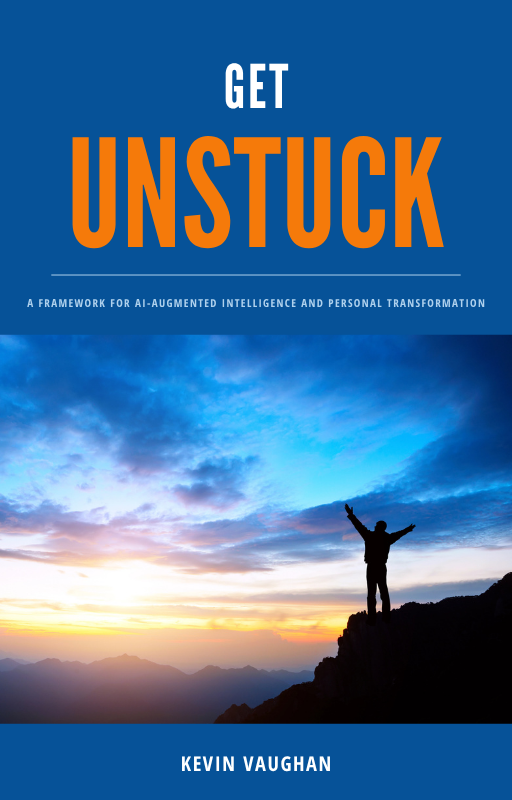
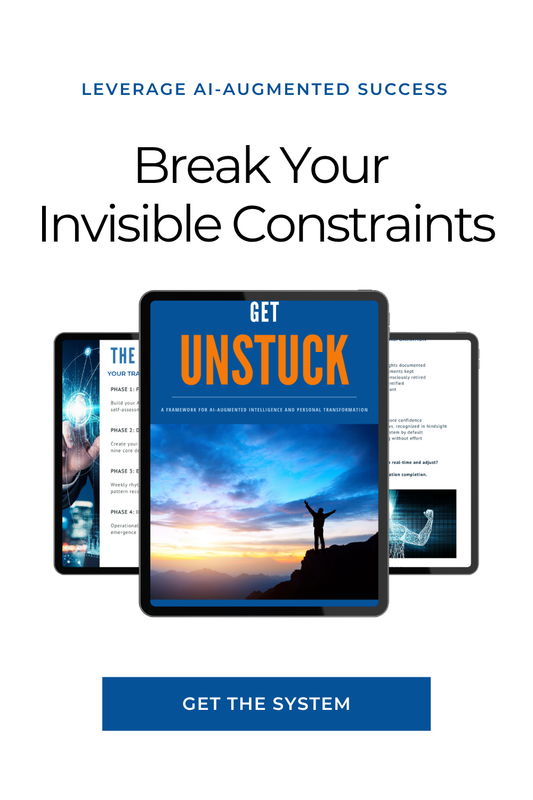


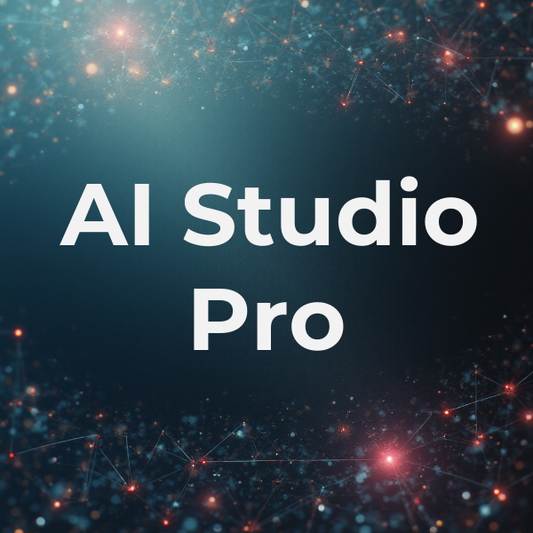
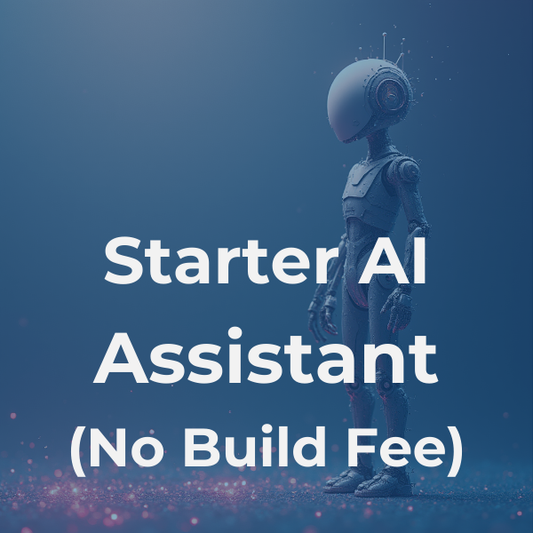
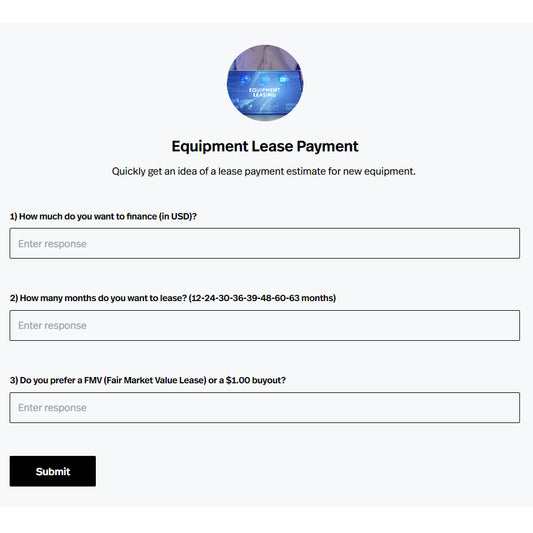
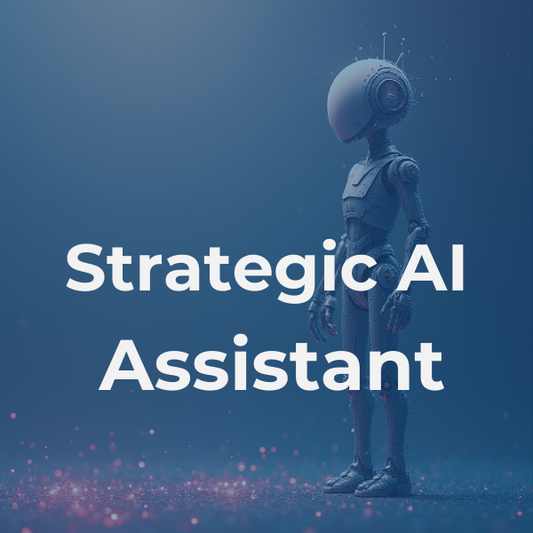
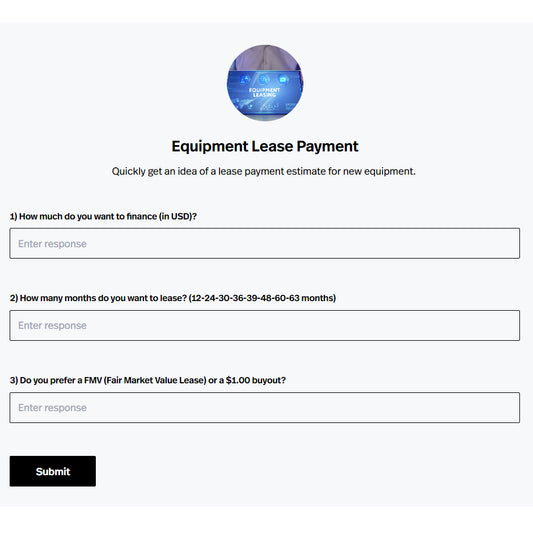
0 comments